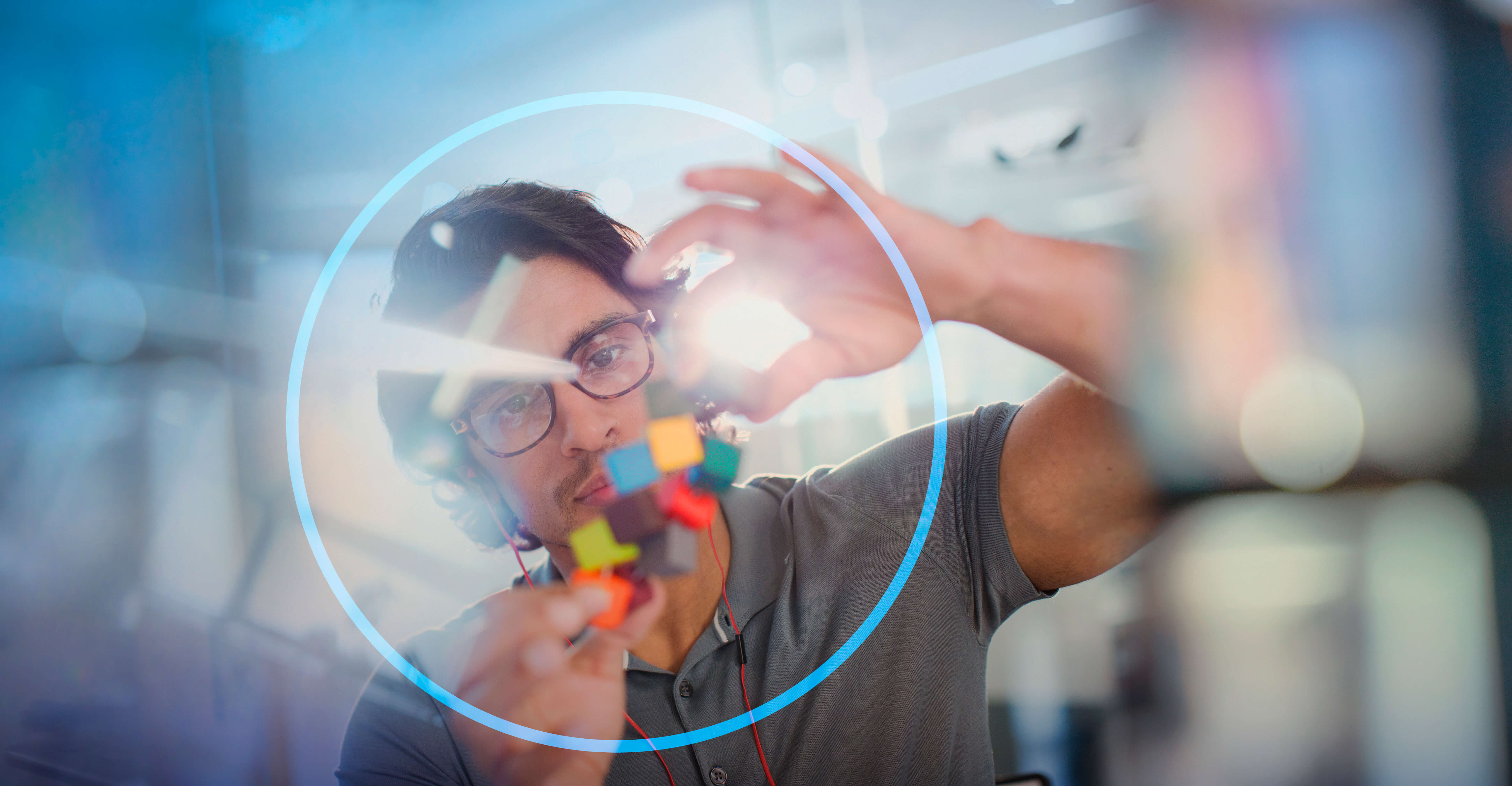Eco-Design: Aligning Sustainability & Innovation in Product Development
By integrating sustainability throughout the product development cycle, this innovative approach unlocks the potential for sustainable design without compromising time-to-market or increasing costs.
The demand for sustainable products is growing. Consumers, governments, investors and other business partners alike are looking to manufacturers to minimize their environmental impact. And they are not alone: regulatory authorities have established standards and laws pushing companies to become more transparent and more sustainable.
These new requirements create new challenges for manufacturers, who will need to invest and innovate. Both demand financial resources and additional effort, leading companies to question: How can we align sustainability and business objectives?
The answer lies with Eco-Design.
Embracing Sustainability with Eco-Design
Eco-design is an approach that enables companies to take into account the environmental impact of the product right from the design phase. It does not stop there: the positive impact of this approach will ripple down throughout the entire product's lifecycle.
Indeed, from the design phase right through its end of life, eco-design supports various aspects including:
- Reducing resource consumption during processing and manufacturing,
- Increasing use more sustainable materials including recycled and recyclable materials,
- Improving product energy efficiency during use phase,
- Enhancing product durability by improving reparability and quality,
- Facilitating product disassembly at its end-of-life,
- Decreasing carbon emissions at every stage.
- Sustainability & Innovation Through Eco-Design
- Circular Design for a Waste-Free Future
Reach Sustainability Objectives, Meet Business Goals, Gain a Competitive Edge
With eco-design, companies are in a better position to meet market demands, align with existing sustainability goals, maximize environmental performance, and stay ahead of regulations.
But that’s not all. Beyond that, eco-design is a way for companies to stand out from the competition. Not only by bringing more sustainable products in the market, quickly and cost-effectively, but most importantly by fostering innovation.
Eco-Design and Circularity: Circular Design
Unlike the ‘take-make-waste’ linear model, the circular economy aims to eliminate waste and pollution, keep products and materials in use, regenerate natural systems. Of course, implementing circular economy principles comes with its challenges. Here, an eco-design approach can help. By designing products that minimize the use of raw materials, improve their energy efficiency, extend their lifespan and ensure their recyclability, we can see easily how eco-design and circularity are going in the same direction.
Empower eco-design with Lifecycle Assessment
If eco-design is an approach, life cycle assessment (LCA) is its most powerful tool.
LCA is a rigorous scientific method that systematically and objectively evaluate the environmental impact of a product design, from sourcing raw materials to end-of-life disposal or recycling. By combining both qualitative and quantitative criteria, LCA provides the holistic data, much needed by manufacturers, and thus empowers them to understand, analyze and then improve the environmental impact of a product.
Virtual twins: catalysts for sustainable innovation
LCA reaches new heights when combined to a virtual twin. This integration allows for better decision-making throughout the product development process, enabling companies to make more sustainable choices without incurring the costs of physical testing and iteration.
With LCA, you are now able to design and understand the product’s environmental impact at the same time. This means that you are able to change the design to be more sustainable, to choose the right alternative. This is a game changer for the industry.
Discover our Solution & Customer Story
FAQ about Eco-Design
Related Content
Circular Economy
How circular economy practices can help your business dare to be bold through new business models that preserve the environment for future generations.
Life Cycle Assessment
Do more than measure your environmental impact: advanced digitalization helps companies achieve their carbon neutral goals by not only measuring their current environmental impact, but also the impact of future decisions.
Sustainable by Design
At CATIA, we believe in harnessing the power of technology to generate positive change. Our mission is to enable companies to create more sustainable products through innovative design.
Design for Disassembly
By dismantling and repurposing original components, whether within the same product or an entirely new one, substantial environmental advantages can be achieved.

